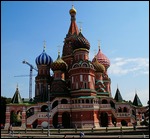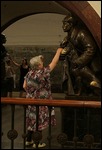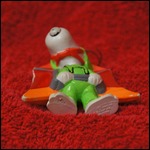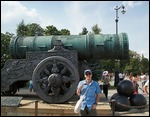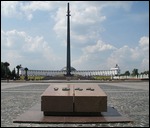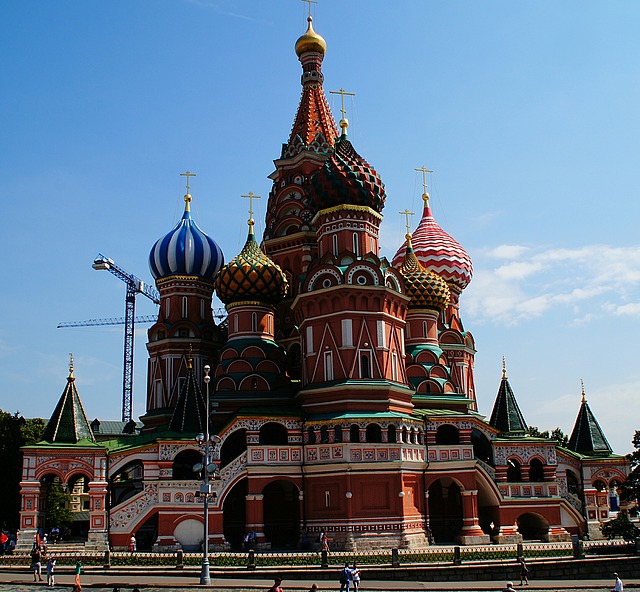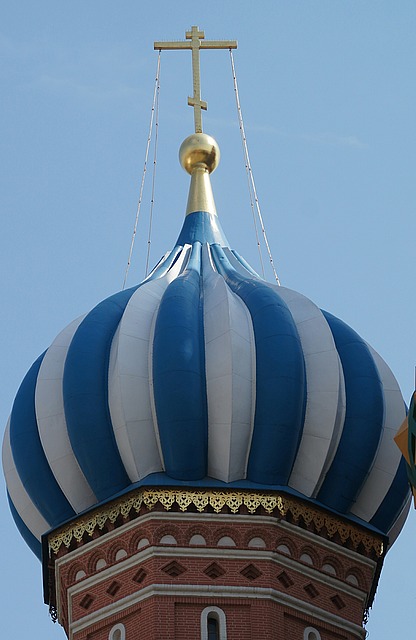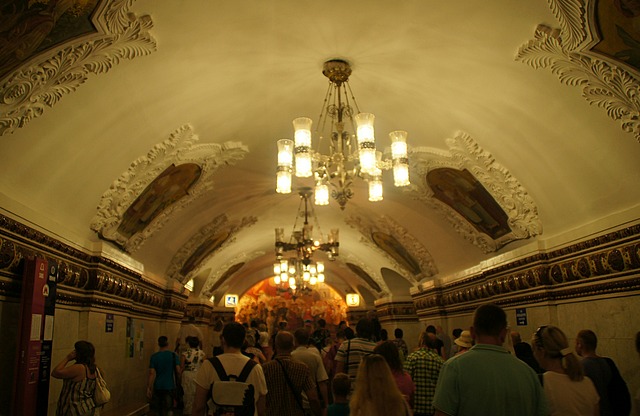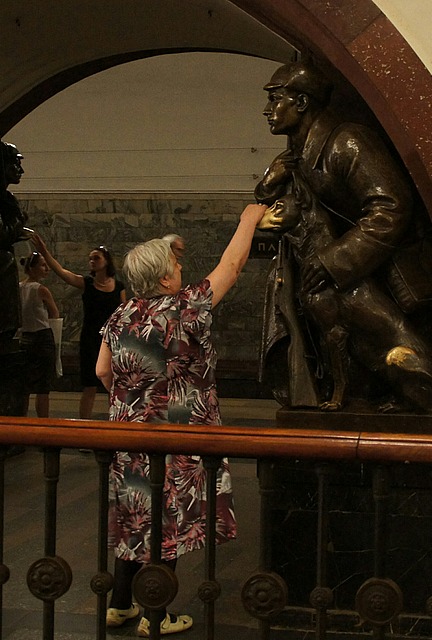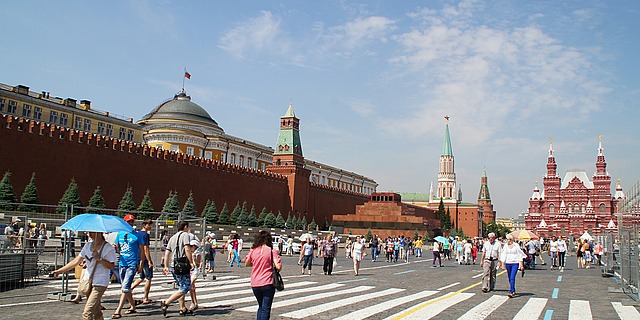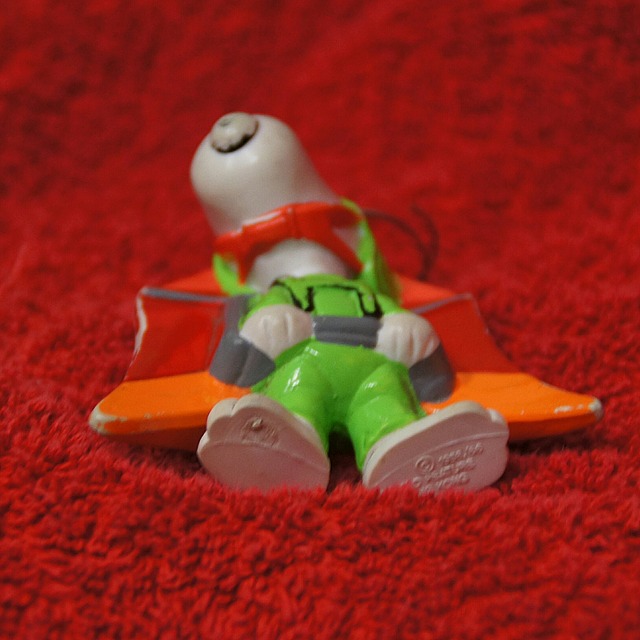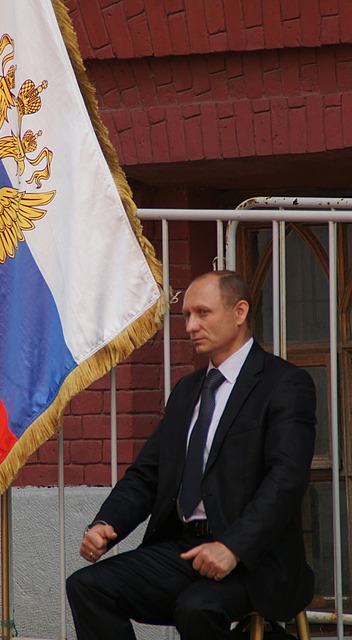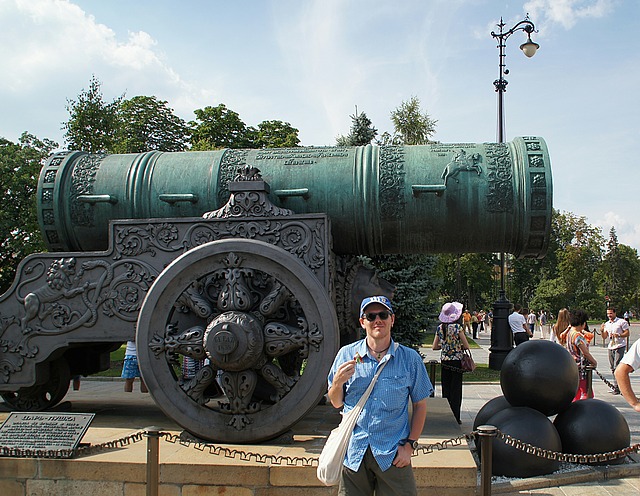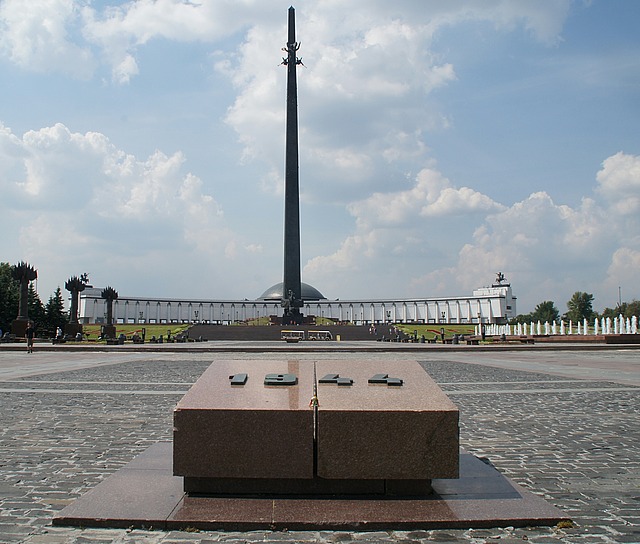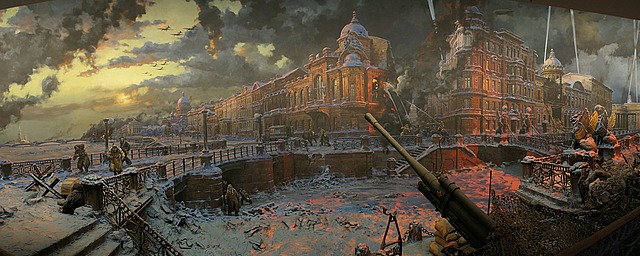There were no terrible ticket mix-ups, and soon I was lulled to sleep on the overnight train to Moscow. Arriving at rush hour, at an unknown metropolis, with full backback gear protruding from my person (giving me the appearance of a pregnant tortoise) with little to no knowledge of the cyrillic alphabet and a sense of direction best left uncommented-upon, I nevertheless declined the offers from the many taxi-drivers and set off to travel, lemming style, through the legendary underground system of Moscow. Yes, as rumours had it, the Moscow Metro would boast most Morian measurements, adding an extra dimension to the word underground. Maybe I missed the deepest pits of infrastructural stations, but depth-wise, the metro I experienced in St Petersburg was actually more impressive. Maybe not so when comparing interior design: even though the City of Splendour do have their fair share of marble-and-crystal encrusted subway stops, Moscow Metro has it on grander scale, on more stations and of bigger variety to their impressiveness.
Also at the metro, the Russians proved to be quite the superstitious crowd. Whenever they get the chance, they invent some tradition, or old charter, or something, to turn their luck the right way. Touching the nose and paws at the statues of dogs at Ploshchad Revolyutsii metro station is one such.
The metro is, in and of itself, one of the many points of interest in the Russian capitol, though by no means the only one. After checking in I, as per ancient tradition, trodded off to one of those free walking tours that I frequent. Irina led a diverse group through the streets of Kitoy-Gorod (a cosy and at the same time busy neighbourhood, with steep and narrow streets lined with coffeeshops, bars, restaurants, banks, electronics-peddlers....), and down to the most well-known Moscovian site: The Red Square. Why red, one ponders? Is it paved with red bricks, perchance? Nope, black and grey sett. Is it surrounded by red buildings? Not so entirely; only on one side, and that wasn't always the case. Was there a number of horrible bloodbaths here in days of yore and recent? Negative. Does it refer to the traditional colour of the communism? 'Fraid not. Alas no, the russian word for red, khrashny, also means beautiful. Whether the square is beautiful or not is entirely up to the beholder, but that's why it's called what it's called.
At the end of Krasnaya Ploschad lies a cathedral most Swedes associate with the on breakfast tables found soured milk brand 'Kefir'. St Basil's cathedral is probably the most iconic building in Russia, with its colourful, onionshaped domes and its red and white walls. Along a different side of the Red Square (which BTW isn't square at all, but rather elongated and rectangular) lies the mausoleum of one Vladimir Ilitj Ulyanov, along with the final resting place of other prominent Soviet dignitaries, such as Brezhnev, Gagarin and indeed Stalin. Well, at least there's a statue of him. No cameras were allowed in the mausoleum or its surroundings, but my canine co-traveller made a spot-on impression of the deceased revolutionary.
And just outside the Beautiful Square lies the grave of the unknown soldier, and further away a shrine of sorts, in which Russian superstitions again come into play; toss a coin and make it land on top of a narrow ledger. Succeed, and your wish will come true. The more sceptical of us soon realise that the only wish you can make with a 100% success rate would be that the coin indeed lands on the ledger.
Many particularly touristy spots throughout Europe has their share of, for lack of better word, entertainers, trying to earn money by dressing up as Captain Jack Sparrow, Kung Fu Panda, Charlie Chaplin and Darth Vader or suchlike. Though you would never see Hitler or Merkel impersonators in Berlin, or Mussolini or Berlusconi dito in Rome, in Moscow you can, for a nominal fee, get your photo taken with the likes of Stalin and Putin.
Close enough to the square and its faux-despots, there lies a theatre which I, and anyone who claims to be all cultural-like, hoped to spend an evening at. Unfortunately there were no tickets available for the two nights I had in Moscow, so my plans to see the ballet at the Bolshoi theatre made their swan song, so to speak.
Follow the Moskva, down to Gorkij Park. I listened to no winds of change, but I did whistle a little diddy and had a nice relaxing stroll in the leisure centre of Moscow, before trying to find postcards and stamps. Easier said than done; Peddlers catering to tourists usually throw themselves at prospective customers with all sorts of trinkets and tidbits, including, but not in the least limited to, postcards. Not so in Russia. On my excursion to Moscow's only post office, and presumably the only place in Russia to buy stamps, I stumbled upon the biggest bookstore east of the Donau, and could there purchase the elusive printouts. The post office itself gave an almost Sovietian wibe, as it was hard to find, placed in a concrete building with no personality to speak of and staffed with people who could use some PR courses, and English dito. Eventually I found what I was looking for.
Kremlin means fortress, and contrary to my preconceptions, it's not where the Duma is, nor is it where Putin lives. It is, however, the historical power centre of Russia, and as such is mostly built of churches, each with more golden domes than the next. An interesting factoid about the orthodox cross: As is well-known, it has two smaller bonus beams; one over the main beam and one closer to the bottom. The lower one is tilted, and if you ever lose your direction in Moscow, look to the sky: you'll see the dome of an orthodox church, on top of which is a cross. The lower beams up-tilted end points to the north and the other, well, yeah, points to the south. Finally something useful to do with all these churches!
Soviet union did participate in World War Two, and did indeed win. They also have a sense of grandeur, and thus Park Pobedy (Victory Park) was built. Imressive, to say the least. Being a product of the Swedish public school system, the only relationship I have with dioramas are those referenced in favourite tv shows The Simpsons and Community. But let me tell you right here and now: Those Russians can create dioramas! The main complex of Park Pobedy is a war museum, and it boasts military parahernalia for even the most convinced pacifist to shudder and gasp at. But the diorama-rama is what makes it a top priority for anyone visiting Moscow. Especially the one depicting the siege of Leningrad is nothing short of breathtaking; it's as if you're there, right in the midst of the chaos and the terror and despair.
Being a huge city of roughly fifteen million people, Moscow still has the feel of a much smaller town, and during my stay it showed its most sunny side. Though light of wallet and heavy of feet, I once again took to the mainly non-morian metro of Moscow to Yarislavsky station, ready to embark on the first proper leg of my Trans-Siberian andventure. Or, you know, terrified that I wouldn't, due to some terrible ticket mix-up.
